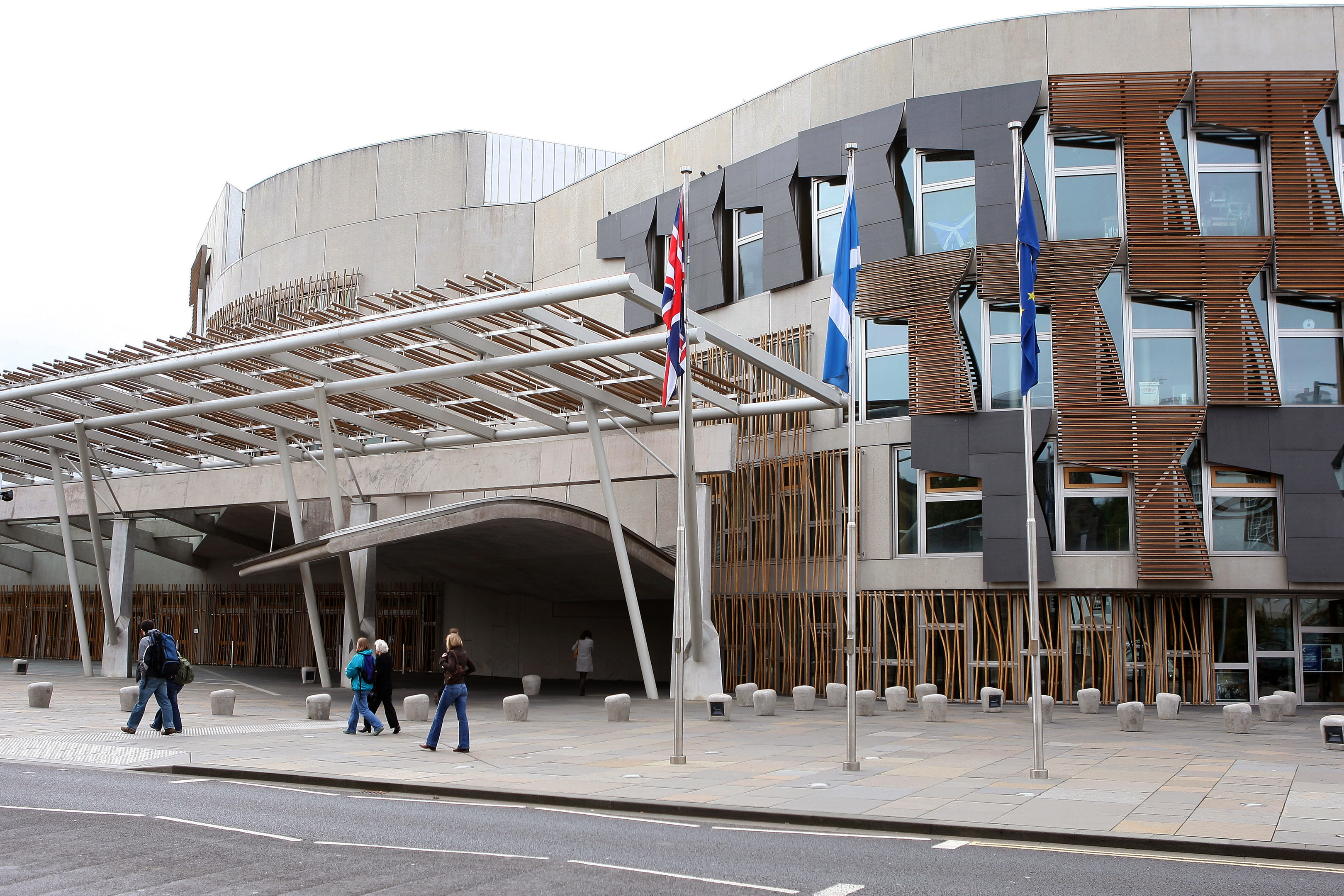The SNP’s council tax reforms have been thrown into doubt by Holyrood’s impartial researchers.
Official guidance for new MSPs exposed a series of unanswered questions surrounding the changes to local taxation.
The Tories said it was “staggering” the Nationalists had not set out the policy properly before the election.
In March, the SNP put forward a plan to make those living in pricier homes pay more tax, while protecting those in less valuable properties.
The briefing from the independent Scottish Parliament Information Service (Spice) said: “Beyond the impact on council tax bills, many other aspects of the policy are, at present, unclear.”
Researchers picked holes in the policy to reveal a lack of clarity on how £100m of extra revenue is channelled straight to schools and over enforcement of the 3% cap on rises following the lifting of the nine-year council tax freeze.
On the cash for schools, Spice said: “The SNP has proposed that extra money raised as a result of the changes be distributed directly to schools based on the number of children eligible for free school meals.
“However, while it can ring-fence money in the local government finance settlement as a “specific revenue grant”, there does not appear to be a mechanism for ring-fencing money received from the council tax, as it is collected by councils.
“It is currently therefore not clear how this proposal would work in practice. The impact of this on the local government funding formula is unclear and it is also not known what will happen if more or less income is received by councils.”
Spice also raised the spectre of councils being punished financially for not keeping within the 3% cap on rate increases, adding: “It is not clear how this will be enforced”.
There is also “very little detail” published by the Scottish Government on tax relief for those in Band E-H homes who have relatively low incomes, researchers said.
The apparent lack of consultation with local authorities was also raised.
A Scottish Government spokeswoman said: “Our plan, as set out by the Government in March this year, is to reform council tax to make it fairer and see an additional £100m a year invested in schools.
“Once ministers are appointed, the newly elected Scottish Government will discuss the implementation of these policies with local government.”










